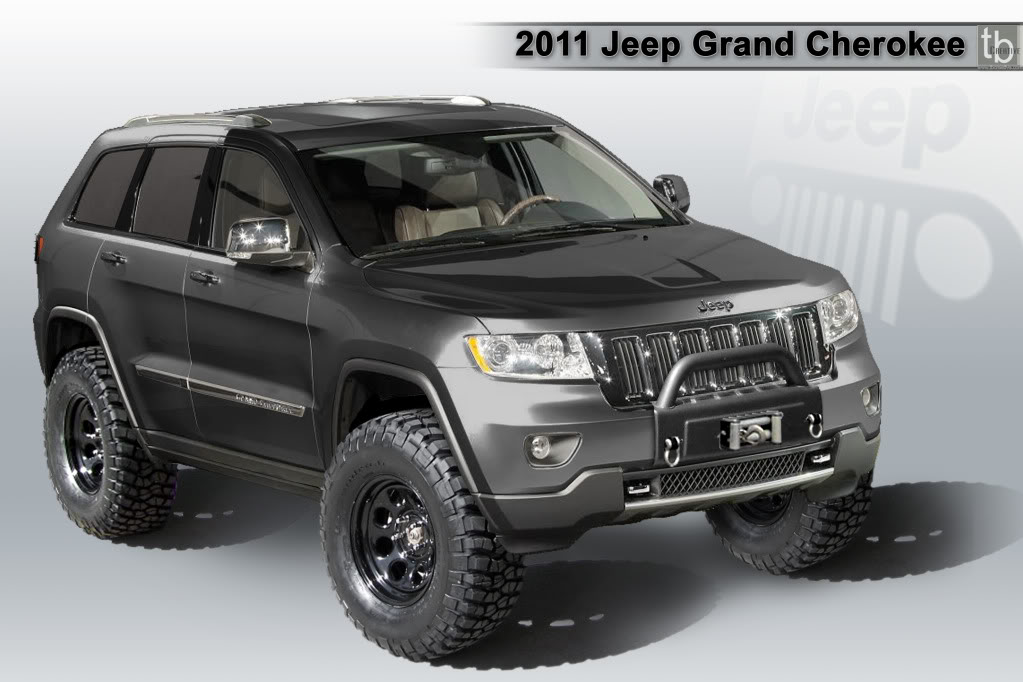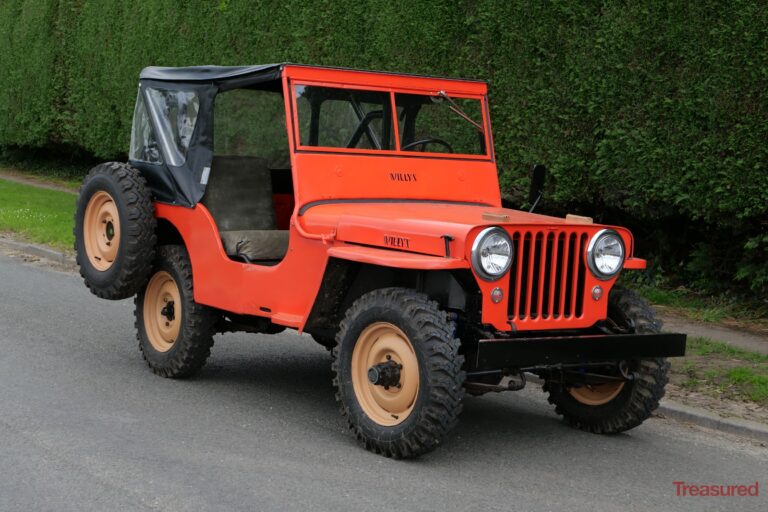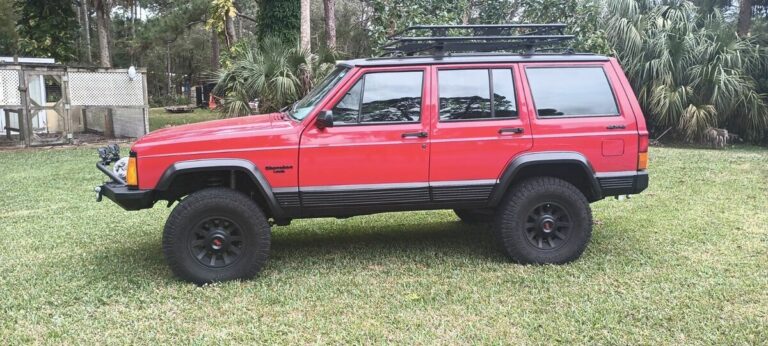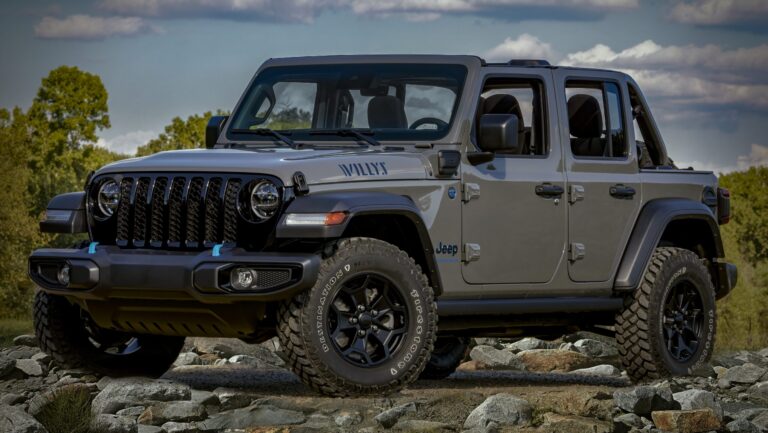Jeep Grand Cherokee WK2 Wiki
Jeep Grand Cherokee WK2 Wiki jeeps.truckstrend.com
Introduction: The Enduring Legacy of the WK2
Welcome to the definitive "Jeep Grand Cherokee WK2 Wiki" – your comprehensive guide to one of the most successful and versatile SUVs ever produced. The WK2 generation of the Jeep Grand Cherokee, spanning from model years 2011 to 2021, represents a significant leap forward in design, engineering, and capability for the iconic brand. Far from just a rugged off-roader, the WK2 masterfully blends sophisticated on-road manners, luxurious interiors, and cutting-edge technology with the legendary go-anywhere prowess that defines the Jeep name.
Jeep Grand Cherokee WK2 Wiki
This "wiki" aims to serve as an invaluable resource for current WK2 owners, prospective buyers, and automotive enthusiasts alike. Whether you’re seeking detailed information on specific models, advice on maintenance, insights into common issues, or simply wish to deepen your understanding of this remarkable vehicle, you’ll find a wealth of knowledge compiled here. The WK2’s popularity stems from its unique ability to cater to a diverse audience – from families needing a comfortable daily driver to adventurers craving trails and tow capacity, and even performance enthusiasts seeking supercar-rivaling acceleration. Delving into this guide will illuminate why the WK2 remains a highly sought-after vehicle in the used market and a cherished companion for its owners.
WK2 Genesis and Evolution: A Decade of Refinement
The Jeep Grand Cherokee WK2 debuted in 2010 as a 2011 model year vehicle, marking a radical departure from its predecessors. Built on a platform co-developed with Mercedes-Benz (shared with the ML-Class and GL-Class), the WK2 adopted a unibody construction, moving away from the body-on-frame design of earlier generations. This fundamental shift allowed for improved ride quality, handling, and safety, bringing the Grand Cherokee firmly into the luxury SUV segment while retaining its core off-road DNA.
Key Evolutionary Milestones:
- 2011 Launch: Introduced with the new 3.6L Pentastar V6 engine and the established 5.7L HEMI V8. Featured independent front and rear suspension, Quadra-Lift air suspension, and Selec-Terrain traction management system.
- 2014 Mid-Cycle Refresh: A significant update brought a redesigned front fascia, new LED daytime running lights and taillights, and a completely revamped interior with the Uconnect 8.4-inch touchscreen system. The 8-speed ZF automatic transmission became standard across the lineup, significantly improving fuel economy and performance. The 3.0L EcoDiesel V6 engine was also introduced, offering impressive torque and efficiency.
- 2017 Introduction of Trailhawk: This trim focused on enhanced off-road capability, featuring specific styling, Quadra-Lift air suspension with increased travel, unique 18-inch wheels with off-road tires, and standard Quadra-Drive II 4×4 system with electronic limited-slip differential.
- 2018 Trackhawk Unveiling: The ultimate performance variant, powered by a supercharged 6.2L HEMI V8 engine producing 707 horsepower, making it one of the fastest production SUVs in the world.
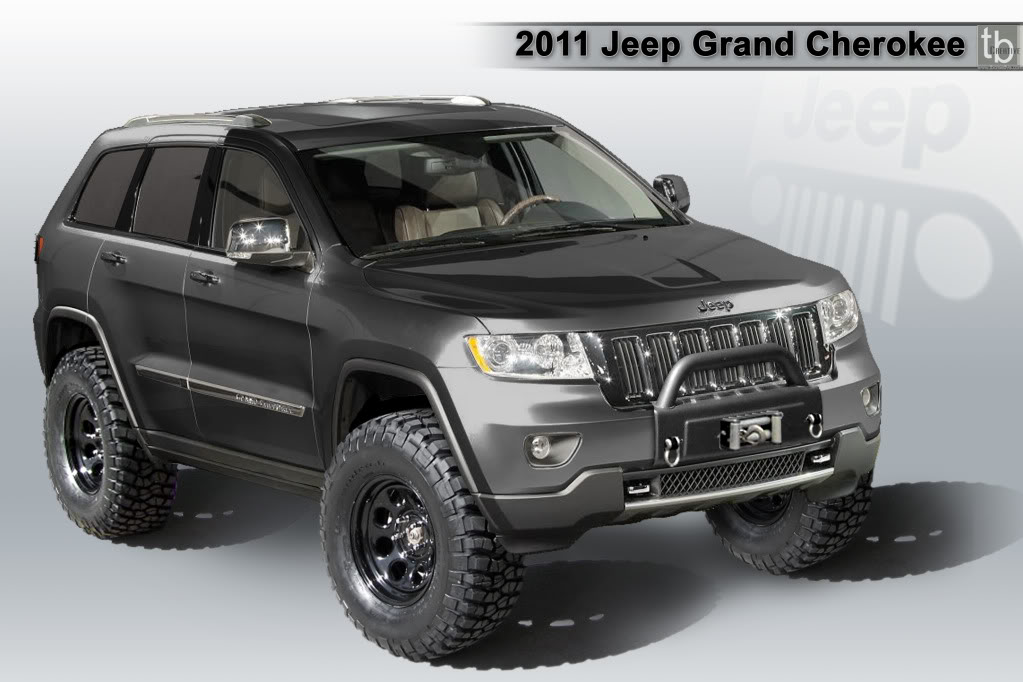
Throughout its decade-long run, the WK2 consistently evolved, incorporating new technologies, safety features, and powertrain options to remain competitive and appealing.
Engine & Powertrain Lineup: Powering Every WK2 Ambition
The WK2 offered a diverse range of engines and advanced 4×4 systems, catering to various performance, efficiency, and capability requirements.
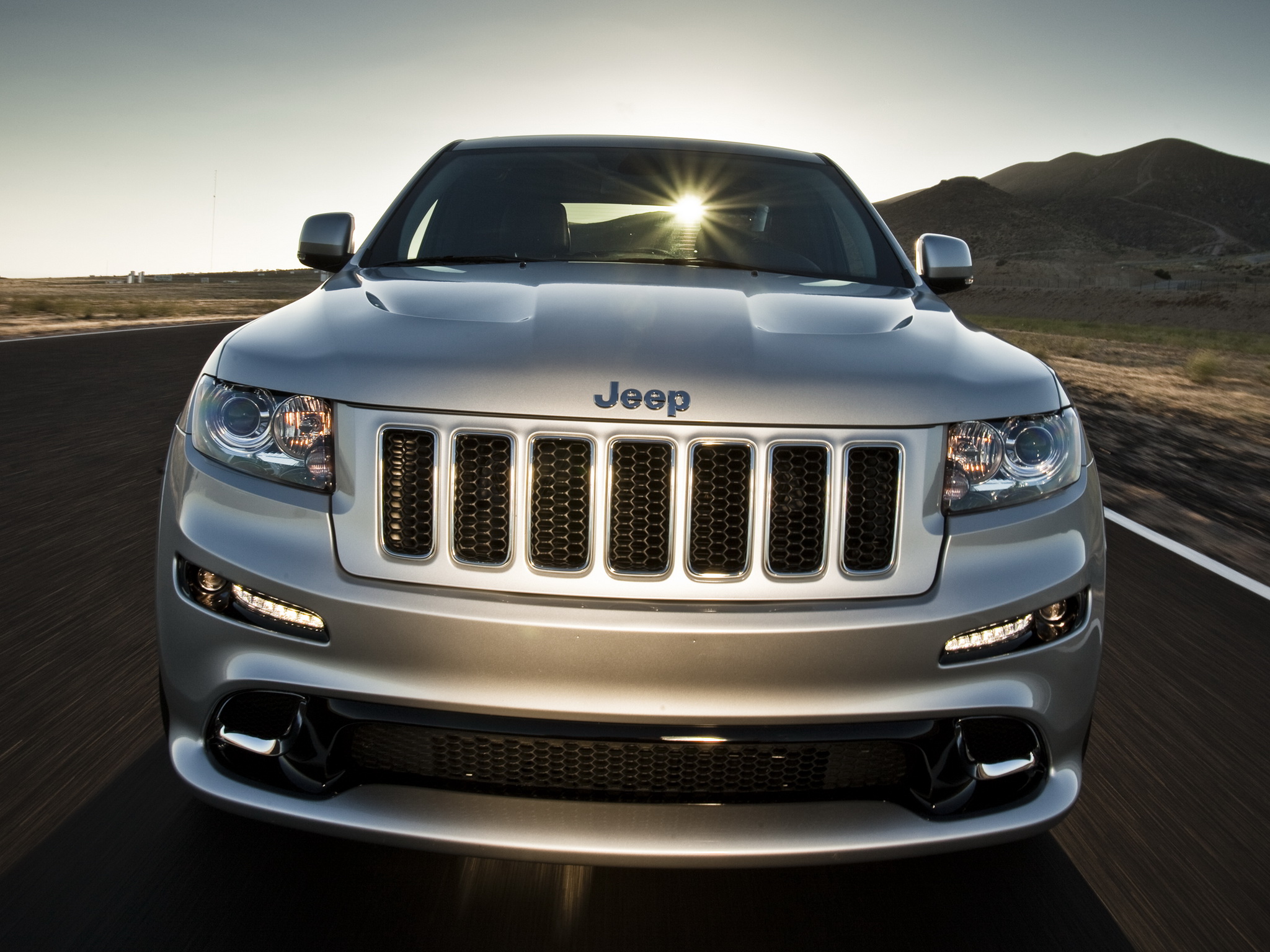
- 3.6L Pentastar V6 (290-295 hp): The workhorse of the lineup, standard on most trims. Known for its smooth operation, reliability, and respectable fuel economy. Ideal for daily driving and light towing.
- 5.7L HEMI V8 (360 hp): A popular choice for those needing more power and towing capacity (up to 7,400 lbs). Features Fuel Saver Technology (cylinder deactivation) for improved efficiency when cruising.
- 3.0L EcoDiesel V6 (240 hp, 420 lb-ft torque): Introduced in 2014, this diesel engine offered exceptional torque for towing (up to 7,400 lbs) and impressive highway fuel economy. Note: Some EcoDiesel models faced emissions-related recalls and potential long-term maintenance concerns.
- 6.4L HEMI V8 (470-475 hp): Exclusive to the SRT models (until 2017). This naturally aspirated V8 delivered exhilarating performance and a muscular exhaust note, transforming the Grand Cherokee into a true performance SUV.
- 6.2L Supercharged HEMI V8 (707 hp): The heart of the Trackhawk. This engine, borrowed from the Hellcat, propelled the WK2 to supercar-level acceleration (0-60 mph in 3.5 seconds), making it a high-performance icon.

4×4 Systems & Drivetrain:
All WK2 models came standard with rear-wheel drive, with various advanced 4×4 systems available:
- Quadra-Trac I: Full-time 4×4 system with a single-speed transfer case, no low range. Best for light-duty all-weather traction.
- Quadra-Trac II: Full-time 4×4 system with a two-speed transfer case (low range available). Features a brake-lock differential for improved traction.
- Quadra-Drive II: The most capable system, building on Quadra-Trac II by adding electronic limited-slip differentials (ELSD) at the rear (and sometimes front), providing superior traction in extreme off-road conditions.
- Selec-Terrain: Standard with Quadra-Trac II and Quadra-Drive II, this system allows the driver to choose settings for Snow, Sand, Auto, Mud, and Rock, optimizing powertrain and suspension for various terrains.
- Quadra-Lift Air Suspension: Available on higher trims, this system allows for adjustable ride height, offering increased ground clearance for off-roading and lower ride height for easier entry/exit and improved aerodynamics at highway speeds.
Trim Levels & Features: A Spectrum of Luxury and Capability
The WK2 Grand Cherokee was offered in a wide array of trim levels, each designed to appeal to different preferences and budgets, ranging from capable base models to ultra-luxurious and high-performance variants.
- Laredo: The entry-level trim, offering essential features like Uconnect infotainment, dual-zone climate control, and cloth seats. Still a capable SUV but with fewer frills.
- Limited: A popular mid-range choice, adding leather upholstery, heated front and rear seats, a power liftgate, remote start, and often Quadra-Trac II 4×4.
- Overland: Elevates luxury with premium leather, ventilated front seats, panoramic sunroof, navigation, and often includes Quadra-Lift air suspension and Quadra-Drive II 4×4.
- Summit: The pinnacle of luxury, featuring unique exterior accents, premium Laguna leather, advanced safety features, active noise cancellation, and a premium audio system.
- Trailhawk (2017+): Geared towards off-road enthusiasts, with rugged styling, standard Quadra-Drive II, Quadra-Lift with increased articulation, off-road tires, and unique red tow hooks.
- SRT (2012-2017): The performance variant before the Trackhawk, powered by the 6.4L HEMI V8, featuring a sport-tuned suspension, Brembo brakes, and aggressive styling.
- Trackhawk (2018+): The ultimate performance SUV, distinguished by its supercharged 6.2L HEMI, massive brakes, unique styling, and performance-oriented chassis.
- Altitude/High Altitude: Special appearance packages, often based on the Laredo or Limited, featuring blacked-out exterior trim and unique wheels for a sportier look.
Ownership Experience: Maintenance, Modifications, and Common Issues
Owning a WK2 Grand Cherokee can be a rewarding experience, offering a blend of capability and comfort. However, like any complex vehicle, understanding its maintenance needs, potential modifications, and common issues is crucial for a positive ownership journey.
Routine Maintenance
Regular maintenance is key to the longevity and reliability of your WK2. Adhere to the manufacturer’s recommended service intervals:
- Oil Changes: Typically every 10,000 miles for Pentastar and HEMI, or 8,000 miles for EcoDiesel (use synthetic oil of the correct viscosity).
- Tire Rotations: Every 6,000-8,000 miles to ensure even wear.
- Fluid Checks: Regularly inspect coolant, brake fluid, power steering fluid (if applicable), and transmission fluid levels.
- Air Filters: Engine air filter and cabin air filter should be replaced as needed, usually every 15,000-30,000 miles.
- Spark Plugs: Varies by engine, typically 30,000 miles for HEMI, 100,000 miles for Pentastar.
- Transmission Fluid & Filter: Critical for the 8-speed ZF transmission, typically recommended around 60,000-80,000 miles for severe duty.
Common Issues & Solutions
While generally reliable, some WK2 owners have reported recurring issues:
- Quadra-Lift Air Suspension Leaks/Compressor Failure: Air leaks from airbags or lines, or compressor failure, can lead to the vehicle sagging or warning lights. Solution: Diagnosis of the specific component (airbag, line, valve block, compressor) and replacement. Aftermarket coil conversion kits are available as a permanent solution, but they sacrifice adjustable ride height.
- Uconnect System Glitches: Freezing, slow response, or connectivity issues. Solution: Software updates (often via USB or dealer), system reset (disconnecting battery for 15 minutes), or unit replacement if necessary.
- Heater Core Issues (Pre-2014 Models): Clogging of the heater core, leading to poor heating on the passenger side. Solution: Flushing the heater core, or in severe cases, replacement (a labor-intensive job).
- EcoDiesel Emissions System (EGR Cooler/DEF System): Some EcoDiesel owners experienced issues with the Exhaust Gas Recirculation (EGR) cooler failing or Diesel Exhaust Fluid (DEF) system components. Solution: Dealer service/recall work (if applicable), or specialized aftermarket solutions.
- Sunroof Drains: Clogged panoramic sunroof drains can lead to water leaks into the cabin. Solution: Regular cleaning of the drain tubes.
- Electrical Gremlins: Random warning lights, power window issues, or battery drain. Solution: Thorough diagnostic scan, checking grounds, and inspecting wiring harnesses. A weak battery can also cause many seemingly unrelated electrical issues.
Popular Modifications
The WK2 platform is popular for customization:
- Lift Kits: Ranging from mild leveling kits to full suspension lifts for increased ground clearance and larger tires.
- Wheels and Tires: Upgrading to more aggressive all-terrain tires for off-roading or larger, custom wheels for aesthetics.
- Aftermarket Lighting: LED light bars, fog lights, and headlight upgrades for improved visibility and style.
- Exhaust Systems: Cat-back or axle-back exhaust kits to enhance engine sound, particularly for HEMI and SRT/Trackhawk models.
- Performance Tunes: ECU tunes can unlock more power and torque, especially for the HEMI and EcoDiesel engines.
Buying a Used WK2: Practical Advice
- Service Records: Request complete service history to verify regular maintenance.
- Pre-Purchase Inspection (PPI): Have a trusted mechanic (ideally one familiar with Jeeps) inspect the vehicle thoroughly, paying close attention to the suspension, electronics, and any signs of rust.
- Check for Recalls: Verify if all applicable recalls have been addressed.
- Test Drive: Listen for unusual noises, check transmission shifts, and test all electronic features.
- Air Suspension Check: If equipped, test the Quadra-Lift system through all its height settings. Listen for compressor noise and look for any sagging after the vehicle sits for a while.
- Rust Inspection: Pay attention to rocker panels, wheel wells, and frame components, especially in regions that use road salt.
WK2 Price Guide: New and Used Value Snapshot
The pricing of the Jeep Grand Cherokee WK2 has varied significantly over its production run and continues to fluctuate in the used market based on year, trim, engine, mileage, condition, and region.
Original MSRP (Approximate Ranges at Launch/Mid-Cycle)
| Trim Level | Original MSRP Range (USD) | Key Differentiators |
|---|---|---|
| Laredo | $30,000 – $35,000 | Entry-level, V6, cloth seats |
| Limited | $36,000 – $45,000 | Leather, heated seats, more features, V6/V8 |
| Overland | $44,000 – $55,000 | Premium leather, panoramic sunroof, air suspension |
| Summit | $49,000 – $65,000 | Top-tier luxury, advanced safety, unique styling |
| Trailhawk | $43,000 – $50,000 | Off-road focus, standard Quadra-Drive II |
| SRT | $60,000 – $70,000 | Performance V8, sport suspension, aggressive styling |
| Trackhawk | $86,000 – $95,000+ | Supercharged V8, ultimate performance |
Note: Prices varied by model year, optional packages, and regional adjustments.
Current Used Market Value (Approximate Ranges – Highly Variable)
Used prices for the WK2 Grand Cherokee depend heavily on the factors mentioned above. The following table provides a general idea, but individual vehicle condition and market demand will dictate the actual selling price.
| Trim Level | Used Price Range (USD – General) | Notes |
|---|---|---|
| Laredo | $8,000 – $20,000 | Older models with high mileage will be at the lower end. Newer/lower mileage models closer to $20k. |
| Limited | $10,000 – $25,000 | Very popular in the used market. Condition and mileage are key. EcoDiesel models can be slightly higher. |
| Overland | $12,000 – $30,000 | Models with well-maintained air suspension hold value better. Good value for luxury features. |
| Summit | $15,000 – $35,000 | Highest depreciation from new, offering significant luxury for the money. |
| Trailhawk | $20,000 – $40,000 | Strong resale value due to specialized off-road features and distinctive look. |
| SRT | $25,000 – $50,000 | Performance models hold value well, especially those with lower mileage and good condition. Early models (2012-2013) are at the lower end. |
| Trackhawk | $45,000 – $75,000+ | Still commands premium prices due to its rarity and extreme performance. Prices vary heavily based on mileage and condition. Lower mileage examples can exceed $75k. |
Disclaimer: These are general estimates. Actual prices will vary significantly based on vehicle specific conditions, mileage, options, location, and current market demand.
Frequently Asked Questions (FAQ)
Q1: Is the Jeep Grand Cherokee WK2 reliable?
A1: Generally, yes. The WK2 is considered reliable, especially models equipped with the 3.6L Pentastar V6 and 5.7L HEMI V8. Regular maintenance is crucial. Some known issues (like air suspension or early heater cores) exist, but many have solutions.
Q2: What’s the best engine for towing in a WK2?
A2: The 5.7L HEMI V8 and the 3.0L EcoDiesel V6 both offer a maximum towing capacity of 7,400 lbs (when properly equipped). The EcoDiesel offers superior fuel economy while towing, while the HEMI provides robust power delivery.
Q3: How much does WK2 maintenance cost?
A3: Maintenance costs are comparable to other large SUVs. Routine maintenance is reasonable. Major repairs, especially involving the air suspension or complex engine issues (like some EcoDiesel problems), can be expensive. Always budget for potential repairs, especially on higher mileage vehicles.
Q4: Can I take a WK2 off-road?
A4: Absolutely! The Grand Cherokee is a true Jeep. Models with Quadra-Trac II or, especially, Quadra-Drive II (with ELSDs) and Quadra-Lift air suspension are highly capable off-road. Even Laredo and Limited models with Quadra-Trac I can handle light trails and adverse weather.
Q5: What’s the difference between Quadra-Trac I and II?
A5: Quadra-Trac I is a full-time 4×4 system with a single-speed transfer case, meaning no low-range gearing. It’s best for all-weather traction. Quadra-Trac II adds a two-speed transfer case with a low range, providing more torque and control for serious off-roading.
Q6: Should I buy a WK2 with Quadra-Lift air suspension?
A6: Quadra-Lift offers excellent ride comfort and adjustable ground clearance, which is a significant benefit for off-roading or loading/unloading. However, it can be a costly component to repair or replace if issues arise. Consider your budget and willingness to maintain/repair this system when buying used.
Conclusion: The Enduring Appeal of the WK2 Grand Cherokee
The Jeep Grand Cherokee WK2 stands as a testament to Jeep’s ability to evolve while staying true to its roots. For over a decade, it offered an unparalleled blend of rugged capability, luxurious comfort, and modern technology, carving out a unique niche in the competitive SUV market. This "WK2 Wiki" has aimed to demystify its various facets, from its sophisticated engineering and diverse powertrain options to its extensive trim levels and critical ownership considerations.
Whether you’re drawn to its legendary off-road prowess, its refined on-road manners, or the sheer power of its performance variants, the WK2 continues to be a compelling choice. Understanding its strengths and potential challenges, as detailed in this guide, empowers owners and prospective buyers to make informed decisions and truly appreciate the versatility and enduring appeal of this iconic American SUV. The WK2 Grand Cherokee is more than just a vehicle; it’s a lifestyle choice, ready for adventure, luxury, and everything in between.

